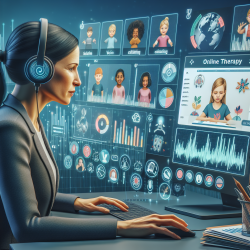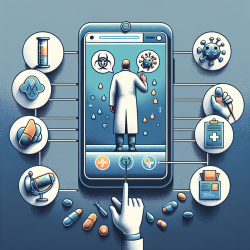Understanding the Scope
According to the research, telerehabilitation offers a patient-centered, timely, and continuous approach to managing communication and swallowing disorders in PD. It facilitates:- Intensive individual treatment via videoconferencing
- Home practice with computer-based software and mobile apps
- Group therapy through multipoint videoconferencing
- Regular booster therapy sessions
- Periodic monitoring of speech via audio/video recordings
Benefits of Telerehabilitation
Telerehabilitation is endorsed by professional associations in the USA, UK, and Australia. It allows for:- Patient-centered care in the natural environment
- Flexible intervention options
- Reduced geographical and logistical barriers
Implementing Telerehabilitation
Practitioners should consider the following steps:- Ensure adequate technology and internet connectivity
- Train e-helpers for remote clinical assessments
- Utilize validated tools like videoconferencing and computer-based software
- Monitor and adjust interventions based on patient feedback and performance
Future Directions
Future research should focus on validating telerehabilitation for cognitive-communication and swallowing disorders. Emerging technologies like virtual reality and artificial intelligence hold promise for enhancing telerehabilitation practices.For practitioners looking to stay ahead, embracing telerehabilitation is not just an option but a necessity. To read the original research paper, please follow this link: Telerehabilitation for Communication and Swallowing Disorders in Parkinsons Disease.










